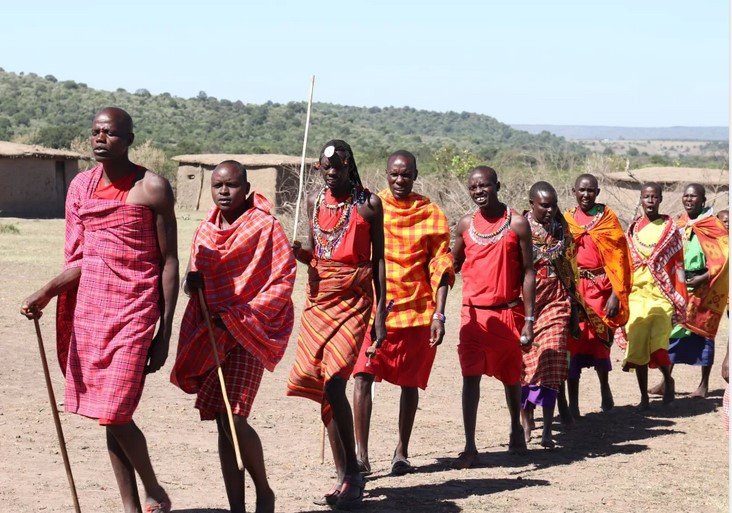In today’s digital world, hosting virtual cultural events has become more common than ever. Whether you want to showcase cultural performances, highlight traditions, or bring communities together, the virtual space offers a great platform. However, ensuring that a virtual event runs smoothly requires careful planning and execution. In this article, we’ll share 10 essential tips to help you successfully host virtual cultural events, so your audience has a meaningful and enjoyable experience.
1. Choose the Right Platform
When hosting virtual cultural events, selecting the right platform is critical. Depending on your event’s size and the kind of interactions you want to facilitate, you may need a platform like Zoom, Google Meet, or Microsoft Teams. For larger audiences, consider platforms that allow live streaming, like YouTube or Facebook Live. Be sure that the platform has the right features to accommodate your needs, such as chat functions, screen sharing, and breakout rooms.

2. Test Your Technology in Advance
Technical glitches can disrupt even the most well-planned event. To avoid this, test all equipment ahead of time. Ensure that your internet connection is stable, and check that your video and audio systems are working perfectly. This step is crucial when hosting virtual cultural events because technical problems can lead to delays and frustrate participants.
3. Engage Your Audience
Audience engagement is one of the key factors when hosting virtual cultural events. Use interactive features such as live polls, Q&A sessions, and chat rooms to keep participants engaged. Including cultural quizzes or inviting audience members to share their own cultural experiences can make the event more dynamic and inclusive.
4. Incorporate Visual and Audio Elements
To keep things interesting, incorporate a mix of visual and audio content into your event. For example, when showcasing performances or presentations, use high-quality images, videos, and music that reflect the cultural theme. These elements will make your virtual event more immersive and enjoyable for your audience.
5. Plan a Detailed Agenda
Having a clear and detailed agenda is vital for hosting virtual cultural events. Ensure that every segment of the event is well-organized, and inform your attendees about the schedule in advance. This includes highlighting key moments, like performances or guest speakers, and scheduling enough time for each activity.
6. Promote Your Event
To ensure the success of your virtual cultural event, proper promotion is essential. Use social media, email campaigns, and community platforms to spread the word. Clearly communicate the event’s purpose, time, and how participants can join. Promotion is key to attracting a diverse audience and ensuring your event is well-attended.
7. Encourage Cultural Participation
A virtual event doesn’t have to be a one-way presentation. Encourage active cultural participation from your audience. You can invite participants to dress in traditional attire, share cultural stories, or even perform a cultural dance. This interaction fosters a sense of community and makes the virtual event feel more engaging and authentic.
8. Provide Technical Support
Not everyone may be familiar with the technical side of virtual events. To ensure a smooth experience, offer technical support throughout the event. Create a help guide or designate team members to assist participants who may encounter difficulties with joining or navigating the platform. This is especially important when hosting virtual cultural events, as technology should never stand in the way of cultural exchange.
9. Record the Event for Future Use
Recording your virtual cultural event allows those who couldn’t attend live to watch it later. It also provides valuable material for future promotion and documentation. Share the recording on social media or via email to extend the reach of your event and keep the cultural exchange going.
10. Gather Feedback for Improvement
After the event, gather feedback from attendees to find out what went well and what could be improved. Send out surveys or request comments through the chat feature. Feedback helps you understand your audience’s experience, ensuring that your next virtual cultural event is even better.
Conclusion
Hosting virtual cultural events requires thoughtful planning, creativity, and technical know-how. By following these best practices, you can create an engaging, well-organized virtual event that allows participants to enjoy and appreciate different cultures from the comfort of their homes. With careful attention to detail and audience engagement, your virtual event will be a memorable experience that fosters cultural exchange.




